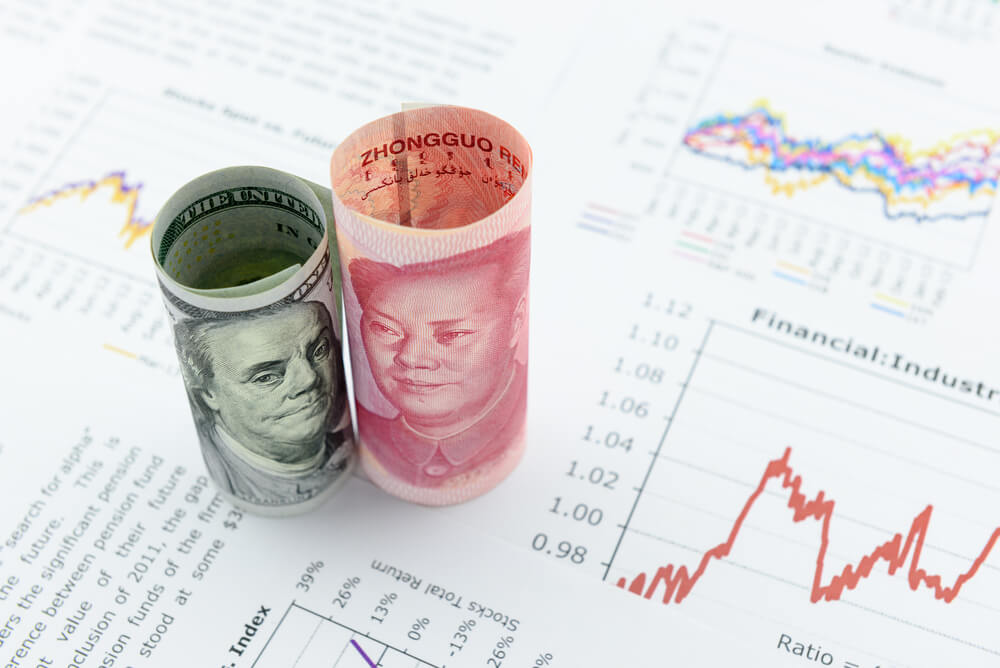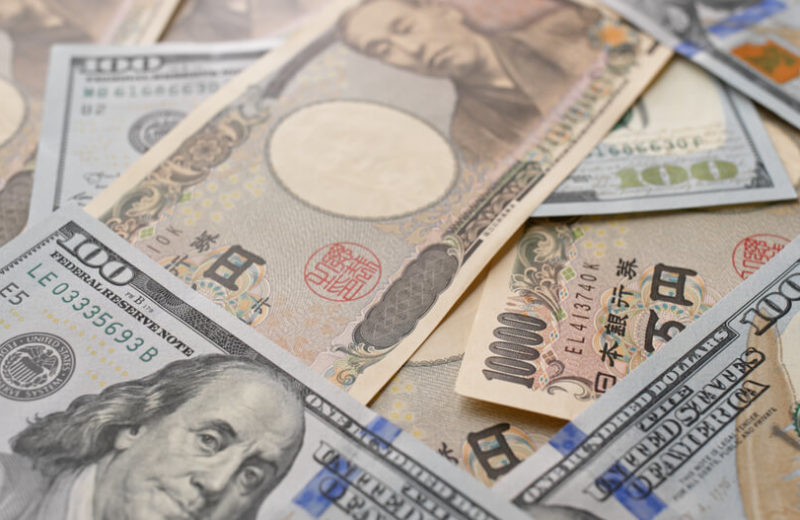On Monday morning in Asia, May 31, the USD fell as a sign of China’s slowdown in its economic recovery.
Investors absorbed the mixed economic data from China as well as the tight inflation from the U.S.
Meanwhile, they are also anticipating that the Federal Reserve will start to taper its asset purchases in the long run.
The pair of USD/CNY traded low by 0.10% to 6.3612.
The former director of the People’s Bank of China statistics department stated that the Chinese yuan’s climb won’t continue.
The central bank also added that the currency may proceed to depreciate more in the future.
Earlier in the day, data was released stating that China’s Manufacturing Purchasing Index (PMI) was down at 51.0 from 51.1 and the service PMI was 55 in May.
The same goes with the USD/JPY pair who also eased by 0.14% to 109.66.
The Japanese government announced that the Industrial Production data for April boosted by 2.50% month-on-month.
This surpassed the 1.70% recorded figures last March, however, it is still below the 4.10% analysts’ forecast.
The released data also includes the Retail Sales which tweaked by 12.00% year-on-year, but under the 15.3% in April that was projected by analysts.
Additionally, AUD/USD jumped 0.19% to 0.7728 since the Reserve Bank of Australia is due to release its policy decision on Tuesday.
Elsewhere, GBP/USD also soared by 0.06% to 1.4196 even though both the U.S. and the U.K. markets are closed over the holidays on Monday.
The U.S. dollar index that trails the greenback versus a basket of other currencies plummeted by 0.01% to 89.987.
Kiwi Dollar Down as US Inflation Rises
The Kiwi dollar ended the week by falling on track trading at 0.67% with the U.S. dollar last Friday.
This put a pause on the currency’s rally as it was up every day last week.
The pair fell due to the strong unexpected U.S. inflation data.
The Core PCE Index spiked 3.1% in April which strongly boosted over the 2.9% projection from 1.8%.
There are speculations that central banks may tighten their policy as a response to the continuing strong economic conditions in most countries as economies start to resume.
This means cutting down the stimulus or even worse, a rate hike.
Last week, the Reserve Bank of New Zealand left the markets in awe as it hinted at a potential increase in rates in the second half of 2022.
If the country’s central bank continues to give a hawkish statement to the markets, investors should expect that the Kiwi dollar will gain ground.














